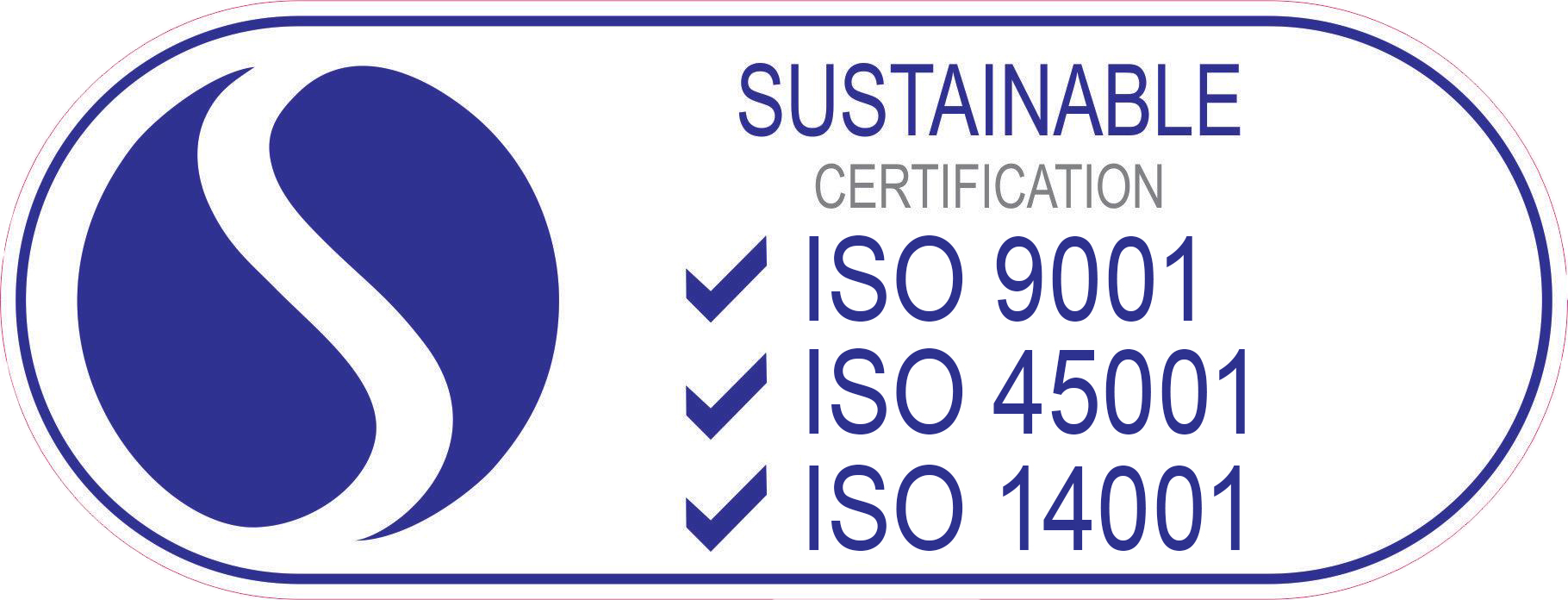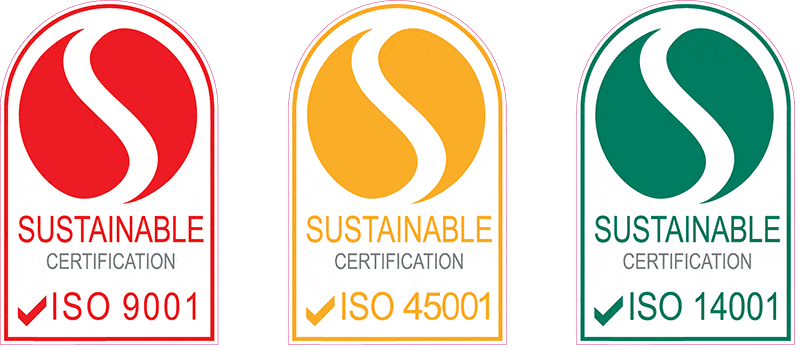“Let’s come up with an open state cavity fire barrier that can achieve an FRL and can also provide
acceptable ventilation and drainage.
But the big question I have that no one I have spoken to can quantify adequately is….
What is acceptable drainage and leakage?”
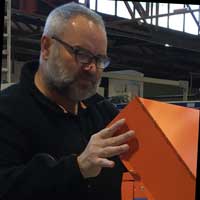
John Rakic
John Rakic is the proud Owner and Managing Director of Trafalgar Group with over 20 years of experience in the passive fire industry.
This is just a snippet of the full article. To read the entire article, download the pdf today.
Building facades that incorporate rainscreen cladding results in a cavity or gap behind the cladding, which acts like a chimney and will result in rapid fire spread vertically up the building in case of fully developed fire.
Sadly, we need part of this cavity to be open to allow air ventilation and water drainage; this helps keep the cavity dry and stops the buildup of mould and the occurrence of rot and unwanted water damage.
So, in terms of the fire stopping or fire cavity barrier, this is where the following terms come from:
• Open state cavity (fire) barrier
• Ventilated cavity (fire) barrier
Sounds simple and probably is simple, but at present, most buildings are requiring a Fire Safety Engineer and an alternative solution to approve the use of cavity fire barriers for building utilising rainscreen cladding as the façade of choice.
Best Practice Elsewhere in the World
Before we discuss Australia in more detail, let’s look at other parts of the world…
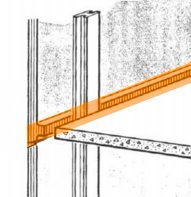
What do horizontal open state or ventilating cavity (fire) barriers have to do functionally?
They need to allow ventilation and drainage in everyday state and in the event of a fire; stop the fire spread through the cavity gap. This means there needs to be a mechanical or chemical reaction to close off the openings that allowed
ventilation and drainage in the everyday or non-fire mode state.
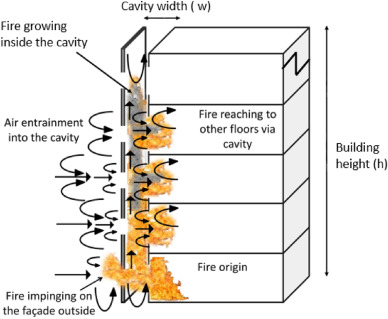
Vertical Cavity (fire) Barriers
Vertical cavity barriers do not need to drain and ventilate if horizontal cavity barriers are correctly selected, and
can be closed state or friction fit, preferably mechanically fixed, non-combustible materials
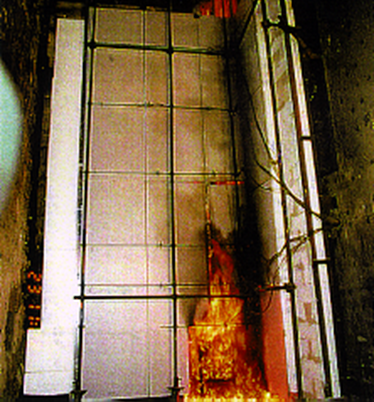
Full Scale Fire Testing
Full scale fire testing of the rainscreen assembly makes the most sense and we see fire test methods like BS8414 and NFPA285. The fire performance rating or characteristics are typically provided in a classification document such as BR135 and AS5113.
The Fire Dichotomy; how could or should we use a smaller scale fire test?
Many people consider the cavity gap is just a control, movement joint, or linear gap seal and want to use the same fire resistance/fire testing data prescriptive (or deemed to satisfy provisions) regulations use for these control joints.
Why can’t we, or can we? What is different with rainscreen cavity barriers joints to conventional control joints?
A conventional control joint is a gap between two fire rated elements – example concrete to concrete.
A horizontal cavity barrier joint is typically a gap between a one fire rated element (concrete slab edge) and a non-fire rated rainscreen cladding material.
